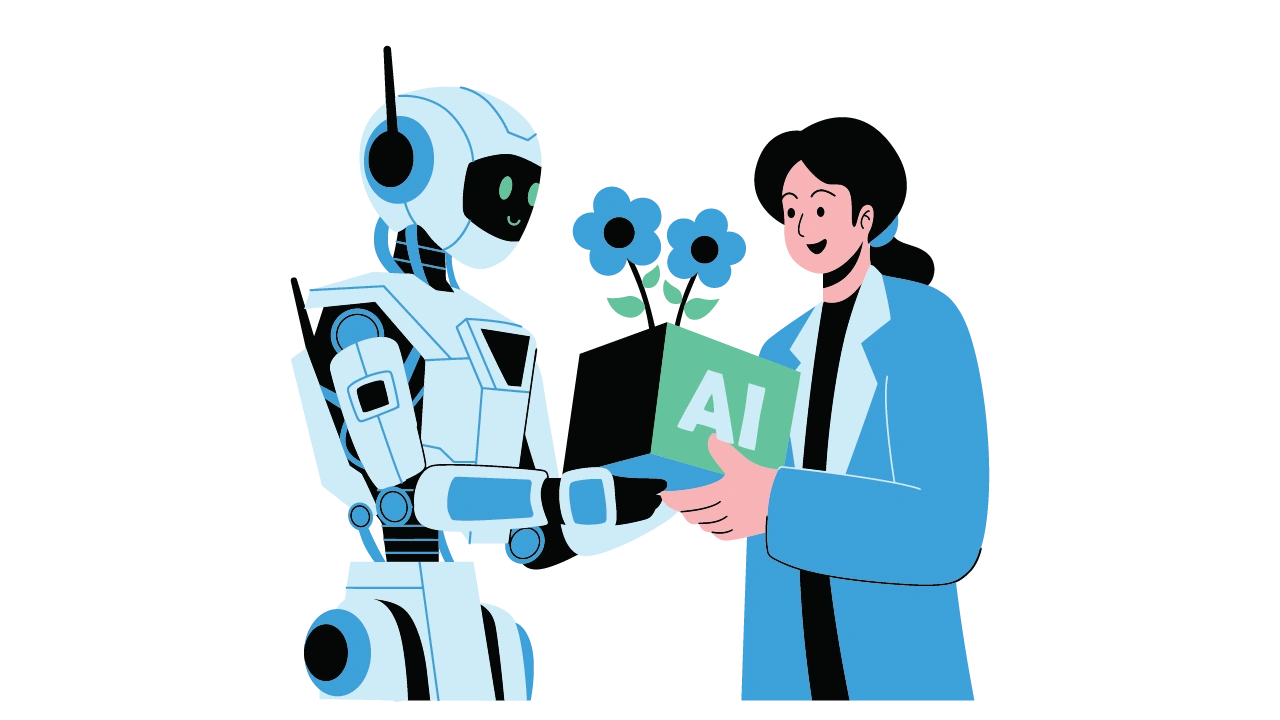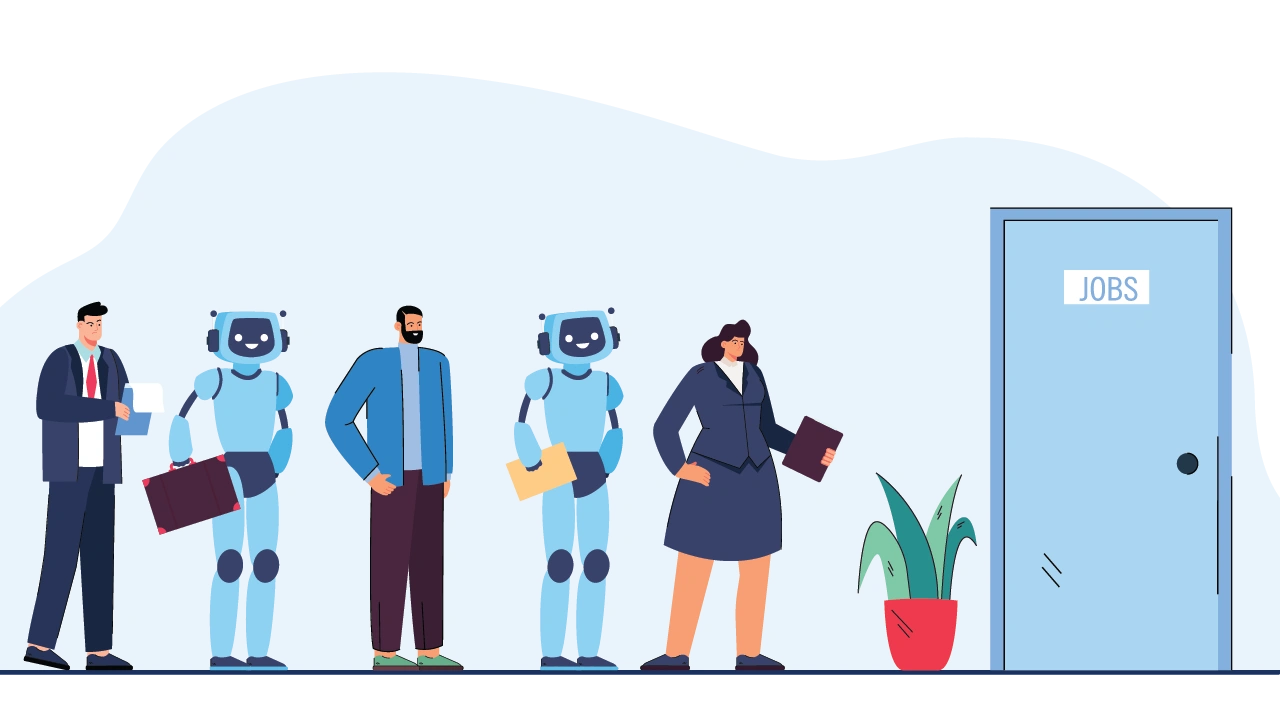


In an era where yoga mats and meditation corners are no longer enough, organizations must elevate well-being from feel-good perks to strategic business pillars. In 2025, well-being is not just about yoga—it’s about outcomes, retention, engagement, and business resilience.
Well-being today transcends superficial benefits. It is a performance driver tied to tangible business outcomes. Research from McLean & Company shows that organizations with robust well-being programs are 1.4 times more likely to achieve high overall performance and nearly twice as likely to report strong productivity (PR Newswire). Further, McKinsey estimates global investment in employee well-being could generate $11.7 trillion in economic value (World Economic Forum). Employers increasingly recognize that caring for employees isn’t a cost—it’s an investment that pays dividends in innovation, retention, and bottom-line success.
In 2025, well-being moved from the margins to the core of strategy. The Business Group on Health reports that 93% of employers plan to maintain or expand well-being offerings, with 20% increasing them (HR Dive, Employee Benefit News). Notably, mental health, physical health, and financial health are now embedded in nearly every strategy, with tools like teletherapy and financial wellness programs widespread (Business Group on Health).
This shift reflects a growing understanding: employee well-being is essential to business vitality, not a "nice-to-have" perk.
With clear business implications and better measurement tools, well-being has become a lever that leaders can no longer afford to ignore.
A future-ready HR wellness strategy includes:
Modern wellness strategies lean on technology:
These technologies help HR go from reactive to proactive, anticipating employee needs while preserving trust and efficacy.
At Talent Synergy, our HR wellness framework is strategically aligned with business performance, structured around:
| Pillar | Description |
|---|---|
| Leadership & Culture | Leadership champions and well-being integrated into every level of HR governance. |
| Holistic Well-being | Programs that nurture mental, physical, financial, social, and environmental health together. |
| Data-Driven Design | Analytics drive program offerings, vendor evaluation, and adjust investments for ROI. |
| Personalization | AI-enabled tools tailor support to individual needs while preserving privacy and trust. |
| Embedded Wellness | Well-being embedded in workflows, onboarding, leadership training, and policy frameworks. |
This holistic, integrated, and adaptive model ensures well-being aligns directly with performance and cultural value.
How to begin:
Because data links it directly to performance—well-being programs correlate with better engagement, productivity, retention, and even financial performance, transforming it from a feel good perk to a competitive advantage (see McLean & Co. and McKinsey) (PR Newswire, World Economic Forum).
It should span mental, physical, financial, social, and environmental well-being—each interwoven to support holistic employee health and performance (Inspiring Workplaces).
Use tools like engagement dashboards, vendor outcome tracking, and metrics such as reduced absenteeism, increased retention, and performance trends to assess impact (Business Group on Health).
Yes—AI-enabled tools like AdaptAI adapt to individual needs with built-in ethical safeguards, while biometric and behavioral data can support recommendations without compromising trust when handled transparently and securely (arXiv, Wikipedia).
Watch for "quiet cracking"—employees who perform tasks but silently struggle with stress and disengagement. Proactive, empathetic leadership and open conversations are key to addressing this early (Business Insider).
Here are five current developments spotlighting the evolving landscape of workplace well-being:
Well-being in 2025 is not a token or trend—it’s a strategic imperative. It demands data-informed design, embedded leadership support, personalization through tech, and cultural integration. For HR startups, it’s an opportunity: build wellness frameworks not just for health, but for sustainable performance, resilience, and business growth.

In today’s rapidly evolving work landscape, the arrival of Agentic AI in the workplace is shifting the way teams function, decisions are made, and work is delivered.

As artificial intelligence continues to reshape the workplace, a new frontier is emerging-one where human workers and AI agents collaborate in increasingly...

The “Future of Work” is no longer a distant vision—it’s today’s reality. In 2025, global organizations are navigating a landscape transformed by generative AI...

In a world where distributed teams are the norm rather than the exception, the role of culture is under the microscope like never before...

We hear about AI everywhere - from headlines about job losses to promises of supercharged productivity...

In today's dynamic and often unpredictable business landscape, growth is the ultimate aspiration for small and mid-sized enterprises (SMEs)...